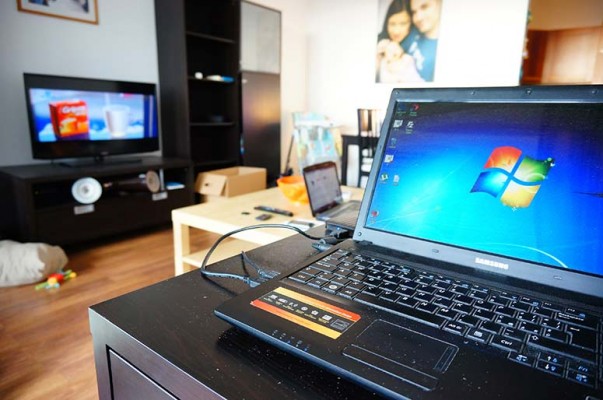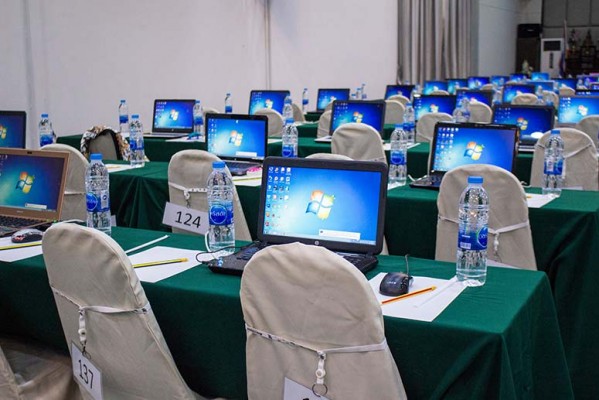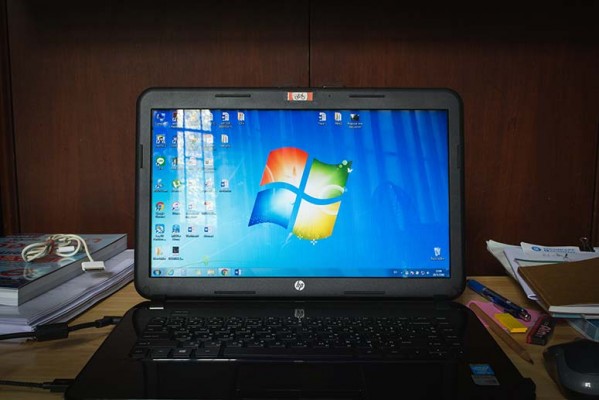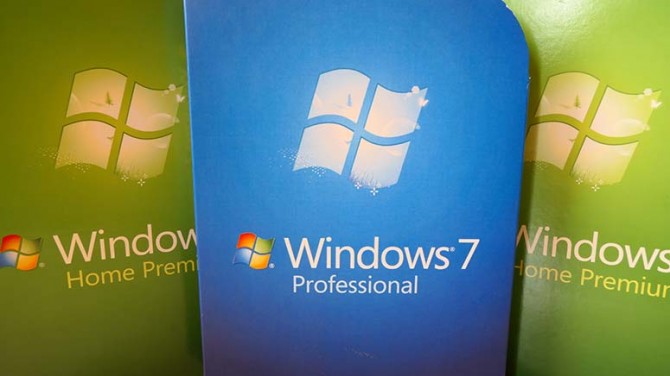Windows 7 End of Life: Everything You Need to Know
Microsoft recently announced that it will officially begin the Windows 7 end of life phase on Jan. 14, 2020. On that day, the company will stop supporting Windows 7 on laptops and desktops, and will no longer patch it with security updates.

Of course, that might cause some consternation for consumers and enterprise users alike. Windows 7 is still a wildly popular operating system that, even 10 years after its release, is still relied upon by millions across the globe. And, as hard as Microsoft might try to push folks to Windows 10, it won’t be as easy to do so as the company might hope.
But – alas – all good things must come to an end. And soon enough, Windows 7 will be put out to pasture, leaving those who stick with the operating system at potentially higher risk of being targeted by hackers.
So, to allay some of those fears and answer some of the questions you may have about Windows 7 end of life, we’ve compiled the following FAQ.
What is Windows 7’s end of life?
End of life is the term that Microsoft uses to identify the period when the company will no longer support an operating system or application.

In this case, it means that, as of Jan.14, 2020, Microsoft will move on from Windows 7 and no longer patch security holes in the operating system. And if things go awry and bugs develop, you won’t be able to call on Microsoft to fix the problem.
Stay in the know with Laptop Mag
Get our in-depth reviews, helpful tips, great deals, and the biggest news stories delivered to your inbox.
MORE: How to Use Windows 10 - Guide for Beginners & Power Users
The move is often used by Microsoft and other companies to dedicate people and time to the applications and services that matter the most. But in a world where Windows 7 is still quite popular, there’s a chance that many people might not like the idea of Microsoft turning its back on the operating system a decade after its release.
So, when Microsoft’s end-of-life date hits, any PC, 2-in-1 laptop, tablet or other device you have that’s running on Windows 7 will be on its own when fending off hackers.
How many people are still using Windows 7?
You might be surprised to learn that Windows 10 only became the most popular Window version in the world at the end of the fourth quarter of 2018, taking the crown from Windows 7.
At that time, Windows 10 captured 39% of market share, compared to 37% for Windows 7, according to Net Applications.
To put that into perspective, there are more than 1 billion Windows users around the world. So, hundreds of millions of people are going to be affected by this change.
What does Windows 7 end of life mean for my security?
Well, this is where things become difficult.
One of the nice things about not being in end of life is that the operating system or software package is fully supported and patched. In Windows 7, all of that support will go by the wayside after Jan. 14, 2020.

In years past, when Microsoft has put software into end of life, the company has offered up some hefty patches in the run-up to the date, to secure the operating system as much as possible. And while that was a welcome decision, it also meant that hackers had free rein after the end-of-life period hit.
Indeed, it’s not uncommon for hackers, knowing when end of life hits, to wait until after that date to find ways to exploit vulnerable systems and wreak havoc. After all, if Microsoft isn’t going to support the operating system and there are still plenty of people using it, why not attack?
The fact is, the sooner people can get away from Windows 7 and switch to Windows 10, the better.
Does end of life apply to all Windows 7 versions?
So, if you’re talking about all Windows 7 Versions, like Home and Pro, then yes – the date applies to all of them.
But if you’re using Windows 7 embedded systems in point-of-sale terminals and other devices, it’s a bit of a moving target.
MORE: How to Upgrade to Windows 10 for Free
For instance, Microsoft actually ended its support for Windows Embedded POSReady 7 back in 2016. But if you’re on a Windows 7 Ultimate for Embedded Systems platform, the company hasn’t announced any end-of-lIfe timetable.
Here’s a handy guide for determining whether your Windows 7 version is coming to its end-of-life period.
How do I move to Windows 10 from Windows 7?
Like it or not, even if you don’t want to move to Windows 10 initially, eventually you’ll have little choice. PC makers will be bundling Windows 10 into their machines, with no option to downgrade to Windows 7. Also, you won’t find Windows 7 anywhere for purchase aside from eBay, CraigsList and other places outside of standard retail channels.
If you want to upgrade to Windows 10, you can do so free of charge and with a full Windows 10 license, as long as you have a PC that meets all of the requirements needed to run the operating system. That shouldn’t be too difficult, but here’s a look at what you’ll need to get Windows 10 on your machine.
Windows 10 Minimum Specs
Processor: 1GHz process or faster
Memory: 1GB of RAM for a 32-bit installation and 2GB of RAM for a 64-bit installation
Hard Disk Space: Up to 20GB of space
Graphics Card: A screen with a resolution of 800 by 600 or higher, and a DirectX 9 graphics chip
Connectivity: Internet access
Can I keep using Windows 7 if I like it?
There’s no one stopping you from staying with Windows 7 if you really like it, but, as we’ve discussed, you’ll be using an operating system that is no longer supported nor comes with security updates.

Windows 7 will operate after the end-of-life date just as it does now, so you shouldn’t see any problems with your computer’s functionality. However, over time, you could start to see more security problems.
In addition to Windows turning the lights out on Windows 7, it’s possible that third-party developers could do so as well. Microsoft won't force developers to stop supporting their applications in Windows 7 and chances are, if there’s a large enough user base, they won’t stop support initially. But over time, as things change and users increasingly turn to other platforms, developers are bound to stop supporting Windows 7 updates in their apps, as well.
Will I be able to install and activate Windows 7 in the future?
If you’re really serious about sticking with Windows 7 and don’t want to give it up, you can still deploy it. In fact, Microsoft has made clear that you can still install it and activate it on the device of your choosing.
What about Internet Explorer?
Since Microsoft moved to the Edge browser in Windows 10, the company has been eyeing opportunities to do away with Internet Explorer. And at long last, it can do that.
MORE: How to Set Up a Laptop - New Laptop Tips and To-Do List
Microsoft said that Internet Explorer is considered a “component of the Windows operating system,” which makes it susceptible to the same end-of-life timeline.
So, like Windows 7, Internet Explorer could be hit hard by hackers trying to target the browser. Fortunately, Microsoft's new Chromium-based Edge browser is getting an Internet Explorer mode, so Windows 10 users who relied on IE for certain legacy functions can still take advantage of them.
Can I get an extension on my Windows 7 support?
Believe it or not, you can.
If you feel that you don’t want to move to Windows 10 yet or you simply don’t have the time to get away from Windows 7, Microsoft will allow users of Windows 7 Professional and Windows 7 Enterprise to extend their Windows 7 security updates through January 2023.
Microsoft will charge for extended support, but didn’t indicate (in a document about the feature) how much that will cost.
Credit: Shutterstock
